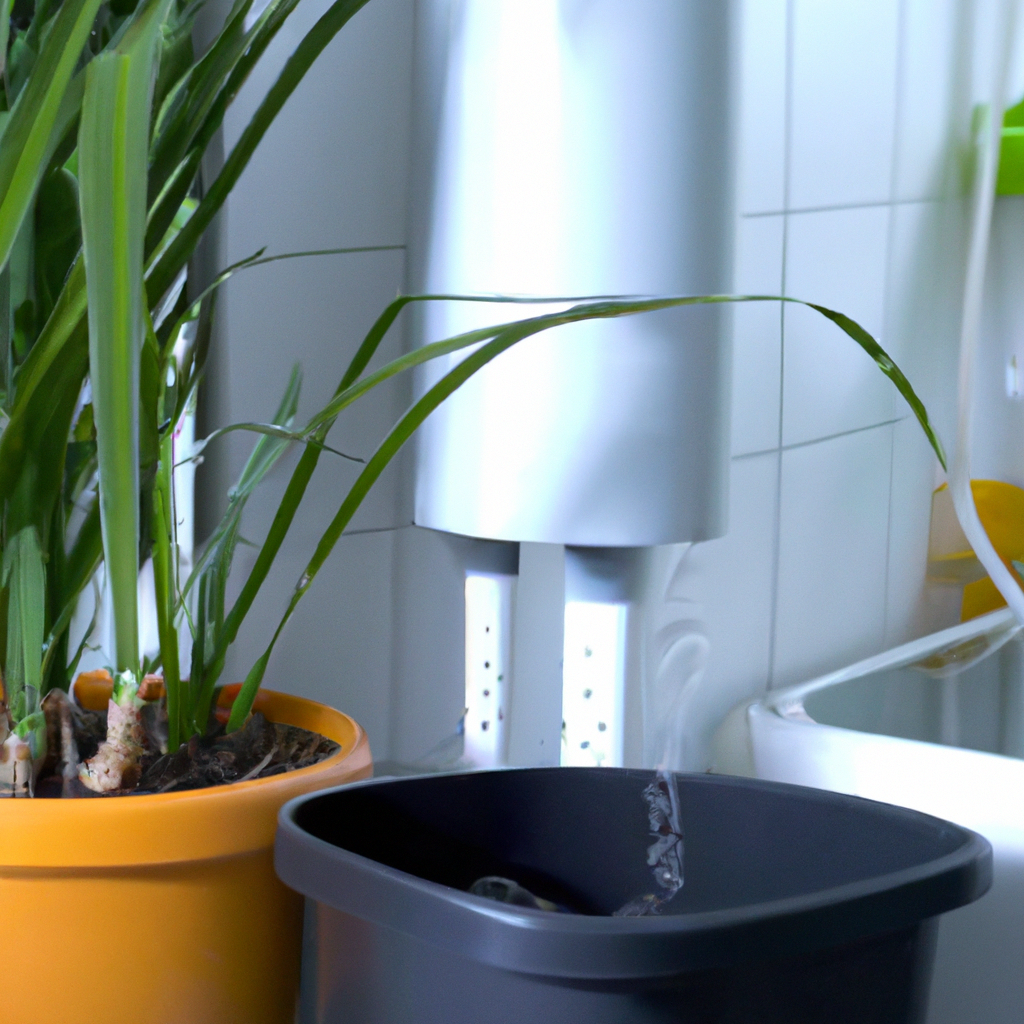Greywater System at Home: A Guide to Sustainable Living
As we continue to face global challenges such as climate change and water scarcity, it becomes more important than ever to adopt sustainable practices in our daily lives. One such practice is setting up a greywater system at home. This system allows us to reuse wastewater from our homes for irrigation, saving a significant amount of water and reducing our impact on the environment. In this article, we will explore how to set up a greywater system at home and the benefits it can bring.
What is a Greywater System?
A greywater system is a plumbing system that collects and filters water from sources such as showers, sinks, and washing machines. This water is then redirected to a storage tank and filtered for reuse in non-potable applications, such as irrigation. The system can be set up to treat the water for safe reuse in indoor applications such as flushing toilets.
Benefits of a Greywater System
There are several benefits to setting up a greywater system at home. These include:
1. Water Conservation: Greywater systems can help reduce water usage by up to 40% by reusing water that would have otherwise gone down the drain.
2. Eco-Friendly: By reusing wastewater, greywater systems reduce the amount of water that needs to be treated and discharged into the environment.
3. Cost-Effective: A greywater system can help reduce your water bill by reusing water for irrigation, reducing the need for expensive potable water.
4. Healthier Garden: Greywater contains nutrients that can be beneficial for plants, leading to a healthier garden.
Setting Up a Greywater System
Setting up a greywater system can be done as a DIY project or by hiring a professional plumber. Here are the basic steps to follow:
1. Determine the System Size: The first step is to determine the size of the system you need. This will depend on the size of your home and the amount of water you want to reuse. A professional plumber can help you determine the appropriate size for your needs.
2. Choose the Type of System: There are two types of greywater systems: gravity-fed and pumped. A gravity-fed system relies on the natural slope of the land to move water, while a pumped system uses a pump to move water to the storage tank. The type of system you choose will depend on the layout of your property.
3. Install the Storage Tank: The storage tank is where the filtered water is stored for reuse. The tank should be installed in a location that is easily accessible for maintenance and close to the area where the water will be used.
4. Install the Filtration System: The filtration system removes impurities from the water before it is stored in the tank. There are several types of filters available, including sand filters, membrane bioreactors, and constructed wetlands.
5. Connect the System: Once the storage tank and filtration system are installed, connect the greywater system to the existing plumbing system. This will require modifying the existing plumbing system to redirect wastewater to the greywater system.
6. Irrigation: Finally, connect the greywater system to the irrigation system. This can be done using a drip irrigation system or a sprinkler system. It is important to ensure that the irrigation system is designed to handle the type of water being used.
Maintenance and Safety
It is important to maintain your greywater system to ensure it continues to function properly. This includes periodic cleaning of the filters and tank, as well as regular inspection of the system for leaks or other issues. It is also important to use eco-friendly and biodegradable products in your home to avoid contaminating the greywater.
It is important to note that greywater should not be used for drinking, cooking, or bathing. It should also not be used for irrigation of edible plants unless it has been treated and disinfected.
Conclusion
Setting up a greywater system at home is an effective way to conserve water, reduce your impact on the environment, and save money. With proper planning and installation, a greywater system can provide years of sustainable living and a healthier garden. Whether you choose to set up the system yourself or hire a professional plumber, the benefits are clear. With a greywater system, you can take a small step towards a more sustainable future.







